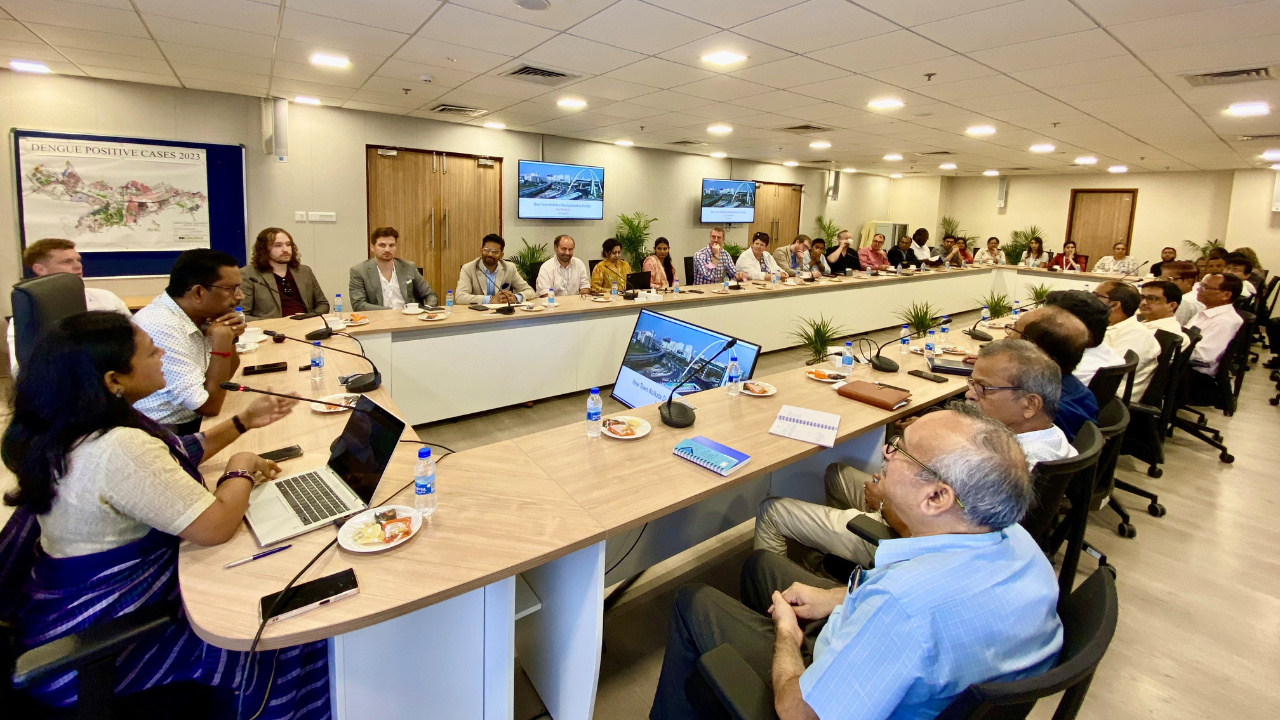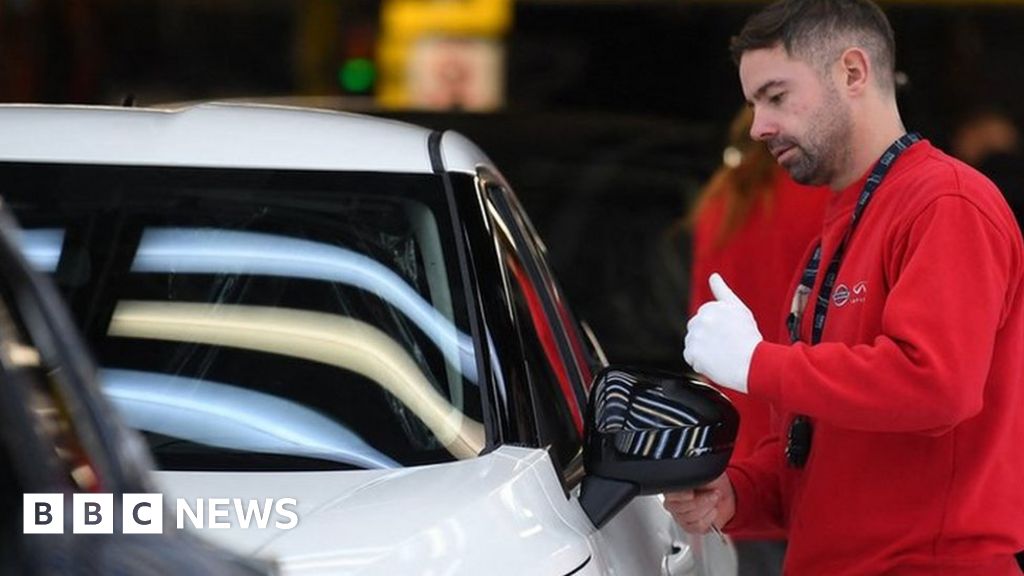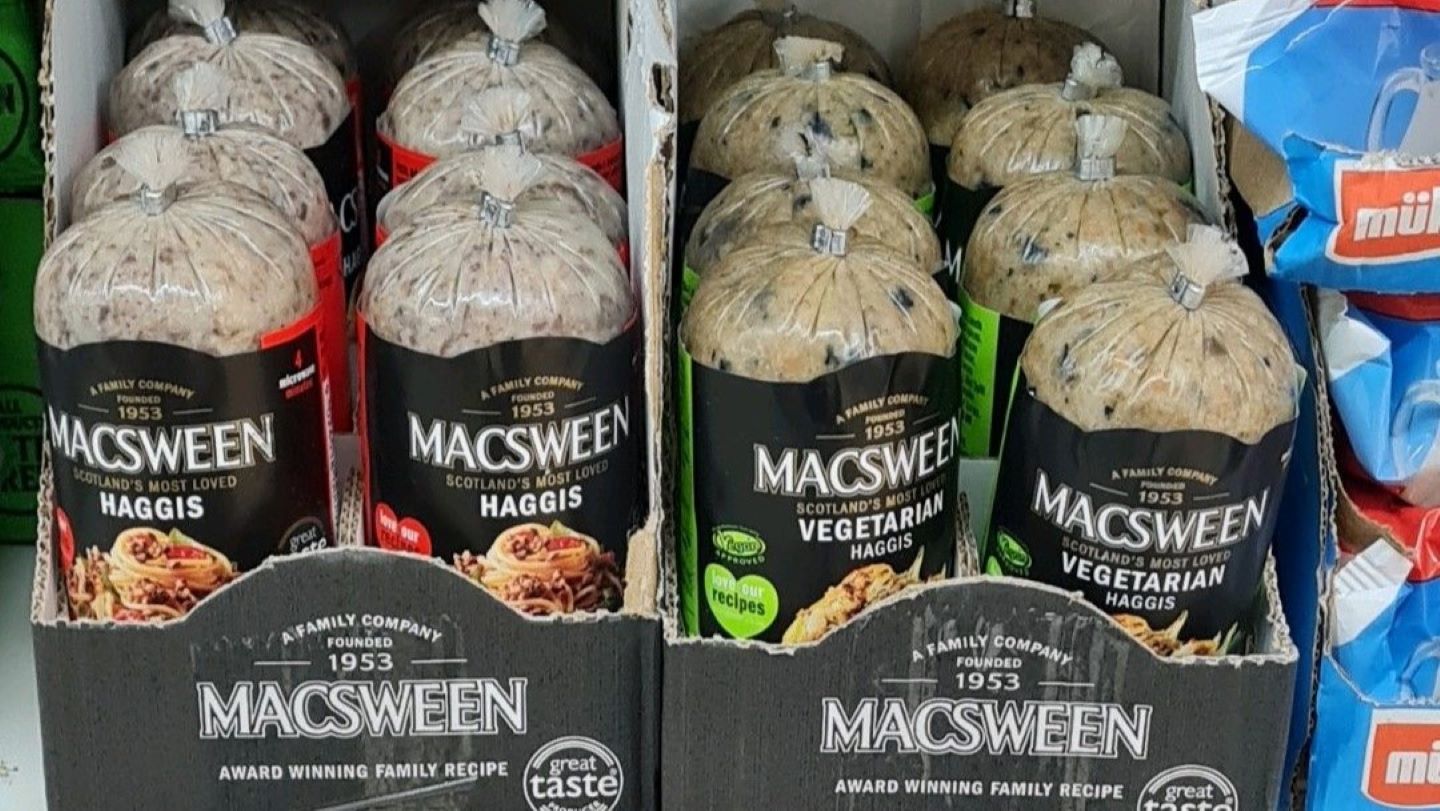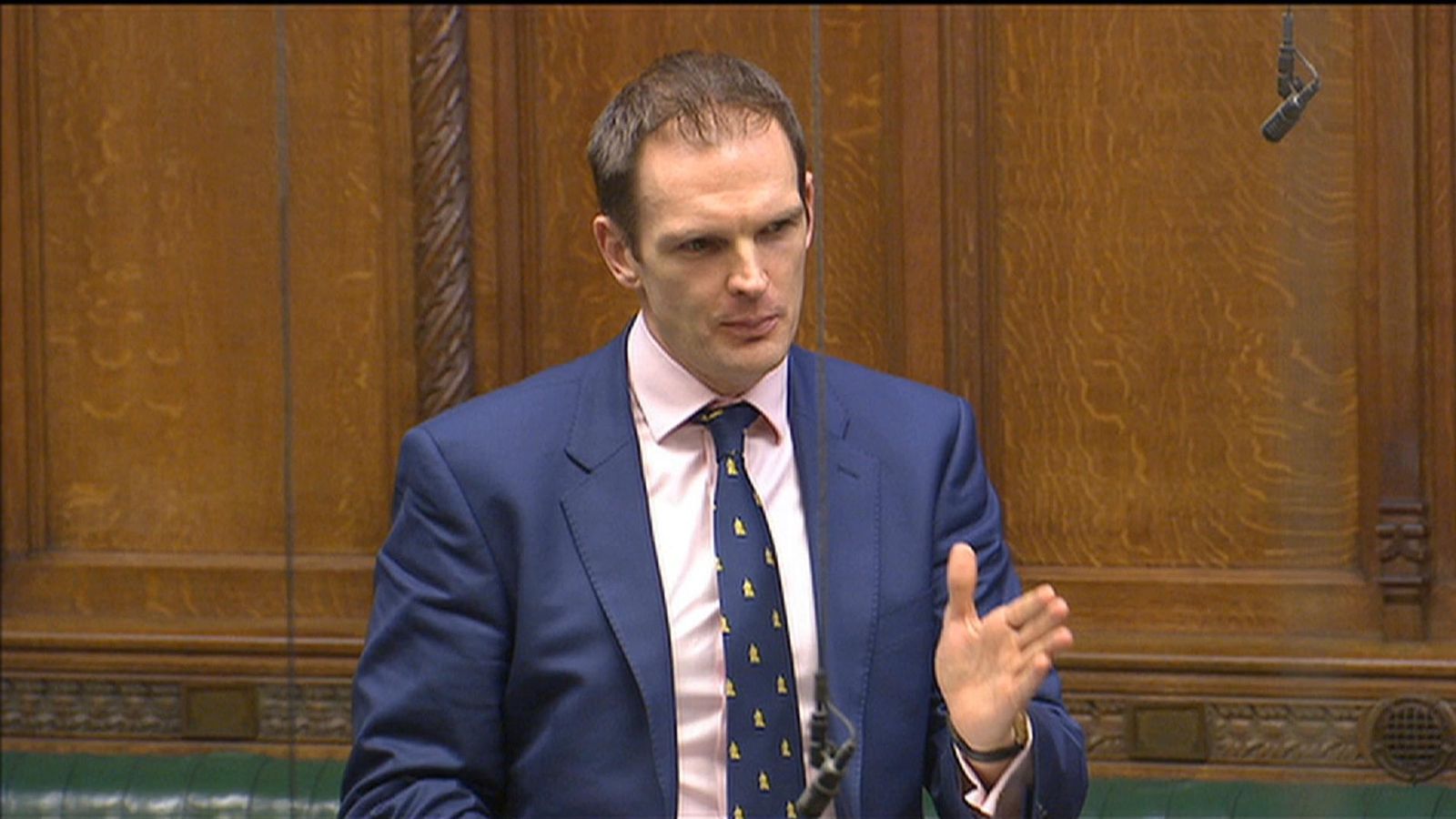We got to know the web about two decades ago. Various phases of development have taken place since then. Much has been said about the transition from Web 2.0 to Web 3.0. Some even argue whether the third generation of the web should really be called Web 3.0. Whatever we call it, one thing is certain, there will be new activities that are no longer within the confines of Web 2.0.
Web 2.0 and its functions
Web 2.0 is the second generation of the web and has fundamentally changed the way we have interacted with the web. With Web 2.0, users can do more than just read content. The web offers user generated content, interoperability and ease of use for end users. It allows for a higher level of participation and interaction. Some of the browser technologies that characterize this phase include JavaScript frameworks and AJAX. More precisely, Web 2.0 offers:
- Dynamic content that responds to users’ needs.
- Allows users to sort information at their own discretion.
- Provides APIs to get the most out of the web.
- Provides access to a wider demographic of users.
The arrival of Web 3.0 and the role of SEOR
This generation of the web takes web interaction and usage one step further. Here the web becomes a common database, and in contrast to Web 2.0, which focuses on the front end, a lot of focus is placed on the back end. More importantly, with Web 3.0, data is necessarily shared by everyone. As Web 3.0 seeks greater levels of decentralization, there is a need for efficient data access, data synchronization, and verification. This generation is largely shaped by intelligent technologies, distributed databases and advanced blockchains. This is where SEOR comes into play as middleware that is required to enable an excellent transition from Web 2.0 to 3.0.
The importance of oracles in the arrival of Web 3.0 cannot be underestimated. Oracles are responsible for ensuring that chains and smart contracts get the data they need. Without these oracles providing verified data to trigger predefined actions from smart contracts, executing trades will be challenging and this will hinder the flow of transactions in Web 3.0. This needed data could include a range of things from price fluctuations to weather temperatures. Without oracles providing accurate data from a pool of on-chain and off-chain resources, it will be difficult to maximize the capabilities of Web 3.0.
By acting as a strategic middleware, SEOR will create a permanent relationship between on-chain and off-chain activities. Our goal is to establish an unmatched service platform that is secure and affordable for the distributed application (DApp) and blockchain industries. This will strengthen the two industries in order to actually fulfill their role as engines of industrial development. SEOR offers cross-platform and universal services that connect different platforms and make data access and sharing more seamless than ever. We do this by offering a service that combines both Layer-1 and Layer-2 (on-chain and off-chain data sources). In this way, we have access to a large pool of data and can ensure adequate verification before we forward data to smart contracts. This will help make the Web 3.0 rollout much smoother as the web will enjoy the best of data services from decentralized oracles.
In addition, the success of Web 3.0 depends on the level of innovation available in the market and the quality of the infrastructure that has been put in place to support those innovations. As it stands in the marketplace, the existing infrastructure does not support innovation to the extent necessary to fully adopt the new generation of the web. For this purpose, SEOR ensures flexible adaptation by creating space for self-innovation within the network. By creating a supporting infrastructure, SEOR is properly positioning itself to trigger the high level of innovation that the next web will require. Essentially, we are building SEOR as a bridge between Web 2.0 and 3.0. With our numerous use cases, users and developers can truly enjoy the various benefits of the third generation of the web in the most innovative way possible.





























